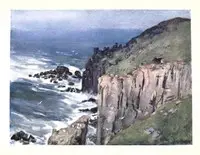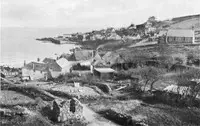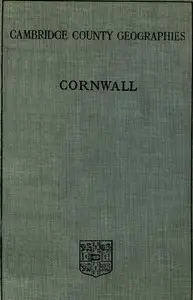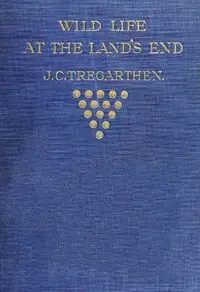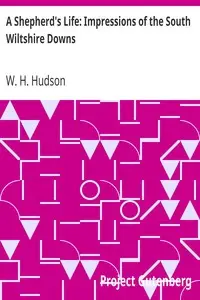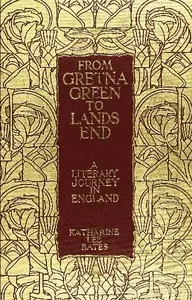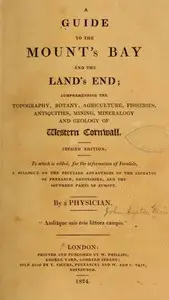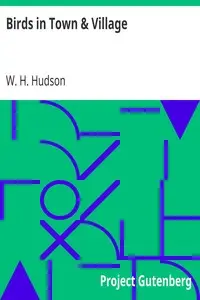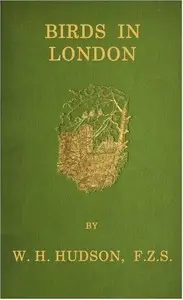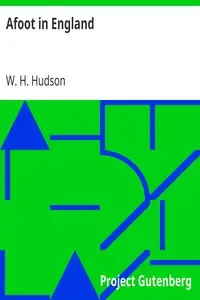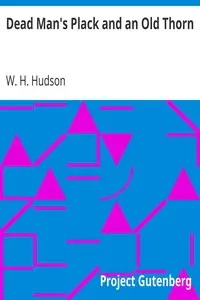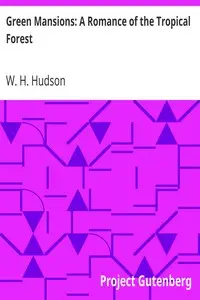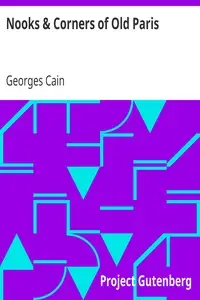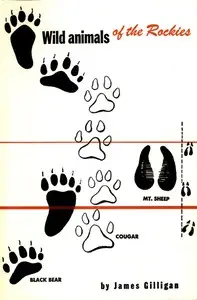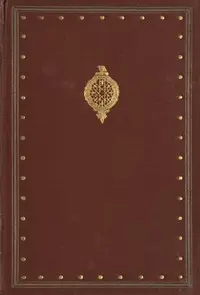"The Land's End: A Naturalist's Impressions In West Cornwall" by W. H. Hudson is a naturalist's recollections presenting his experiences of the natural world and the people of West Cornwall, specifically Land's End, in the early 1900s. The author captures the stunning scenery, the animals, and the special traits of the people who live there, especially the fishermen and their interactions with the surrounding wildlife. The story begins with the author’s arrival in Cornwall, showing both his desire to be there and the happiness he feels when he gets to St. Ives. Hudson shows the tough beauty of the town, the everyday lives of the fishermen, and how much they care for the local children, while also acknowledging the sadness that exists in the community due to life at sea. Through careful observation, he creates a vibrant image of the environment and its creatures, like the ravens and seagulls, also thinking on the seclusion and strongly held customs of the Cornish.
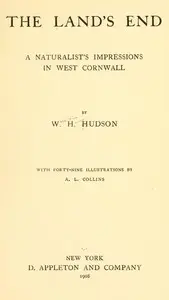
The Land's End: A Naturalist's Impressions In West Cornwall, Illustrated
By W. H. (William Henry) Hudson
Journey to the rugged coast of Cornwall where a naturalist discovers beauty in the land, strength in the people, and a profound connection between them all.
Summary
About the AuthorWilliam Henry Hudson, known in Argentina as Guillermo Enrique Hudson, was an Anglo-Argentine author, naturalist and ornithologist. Born in the Argentinian pampas where he roamed free in his youth, he observed bird life and collected specimens for the Smithsonian Institution. The Patagonian birds Knipolegus hudsoni and Asthenes hudsoni are named after him. He would later write about life in Patagonia that drew special admiration for his style. His most popular work Green Mansions (1904), a romance set in the Venezuelan forest inspired a Hollywood movie and several other works.
William Henry Hudson, known in Argentina as Guillermo Enrique Hudson, was an Anglo-Argentine author, naturalist and ornithologist. Born in the Argentinian pampas where he roamed free in his youth, he observed bird life and collected specimens for the Smithsonian Institution. The Patagonian birds Knipolegus hudsoni and Asthenes hudsoni are named after him. He would later write about life in Patagonia that drew special admiration for his style. His most popular work Green Mansions (1904), a romance set in the Venezuelan forest inspired a Hollywood movie and several other works.

